Outer space travel feelings and facts guide
 [an error occurred while processing this directive]
[an error occurred while processing this directive]
Space travel problems
Is there a limit to man's physical ability to remain in weightlessness?
Russian long-endurance space flights on orbital space stations have shown that the duration of man's stay in weightlessness has not reached its critical limit. In these outer space flights the physical condition of the cosmonauts was good and they felt well. Medical researchers believe that their readaptation to the Earth's conditions has been satisfactory.
International Space Station on orbit of Earth
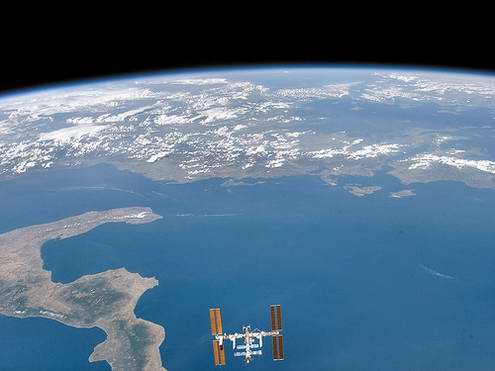
Way back in 1977 Soviet specialists said that outer space missions fasting half a year would soon become a reality. Many specialists in other countries regarded this statement as an exaggeration. Seven years later Soviet specialists predicted that space flights would last a year or even a year and a half. By that time such a forecast did not surprise anybody. Already about 20 Russian cosmonauts have spent more than 200 days in outer space each. Yuri Romanenko's three space flights lasted a total of 430 days. Leonid Kizim, Vladimir Solovyov and Valeri Ryumin lived in orbit approximately a year each.
International Space Station
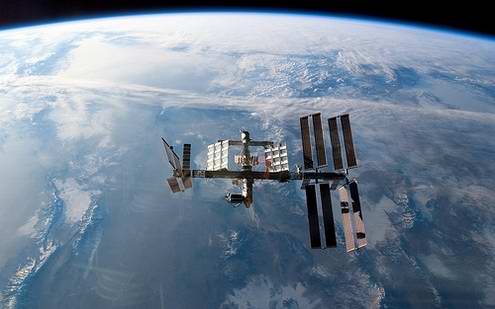
In 1978 Vladimir Kovalyonok and Aleksandr Ivanchenkov crossed a very important limit, namely, they experienced a complete change of erythrocytes in their blood. The average life of erythrocytes being 120 days, Vladimir Kovalyonok and Aleksandr Ivanchenkov regenerated them wholly after four months in orbit. If weightlessness had produced an adverse effect on the formation and development of erythrocytes, the two cosmonauts would have developed acute anemia. A thorough medical post-flight checkup showed that no irreversible changes in their blood composition occurred in outer space.
Russian Orbital Space Station Mir

In the period from 1961 to 2008 humans spent over 10,000 days in outer space - an impressive period. Despite this, weightlessness is still largely an enigma. There are still many questions to be answered. To solve them, considerable effort and a wealth of statistical material are needed. For instance, it is not yet clear whether the process of removal of calcium salts from the bones stops during long space flights. Thus, during their 175-day flight in 1979 Vladimir Lyakhov and Valeri Ryumin lost 8 percent of these salts. Scientists believe that, if the loss exceeds 20 percent, it may endanger the life of the cosmonaut.
US Outer Space Ship Shuttle
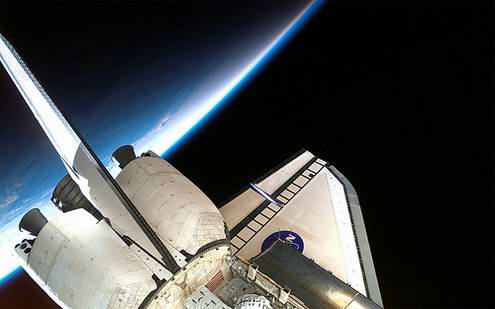
Researchers think that weightlessness affects processes occurring in the cells of the organism. That is why doctors and biologists cannot yet give a final answer to the question about the limit to the duration of man's stay in weightlessness.
Astronaut building International Space Station
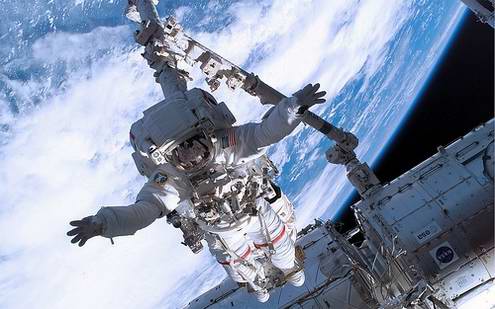
Commenting on this, Gleb Parfyonov D.Sc. (Medicine), Russian specialist in space medicine, says: "Questions about the maximum duration of space flight and optimal duration of work in orbit are still largely open to discussion. I am optimistic. As far as genetics is concerned it appears that weightlessness does not impose any limits on the duration of the flight. At any rate, much of the available evidence shows that the cell and its development are independent of gravity."
The nearest future?
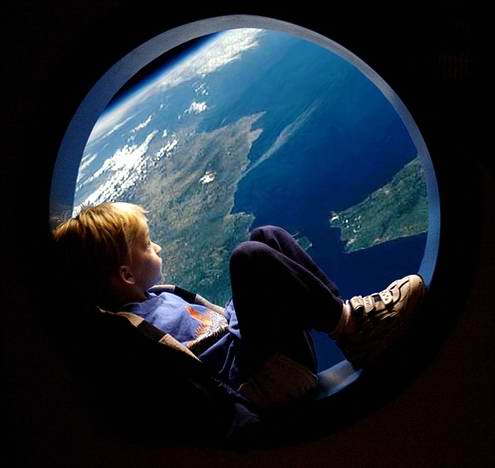
Alex Grachov, Sergey Kozin Copyright © 2007 – 2012 Spacefeelings.com. All rights reserved. Copyright/IP Policy.